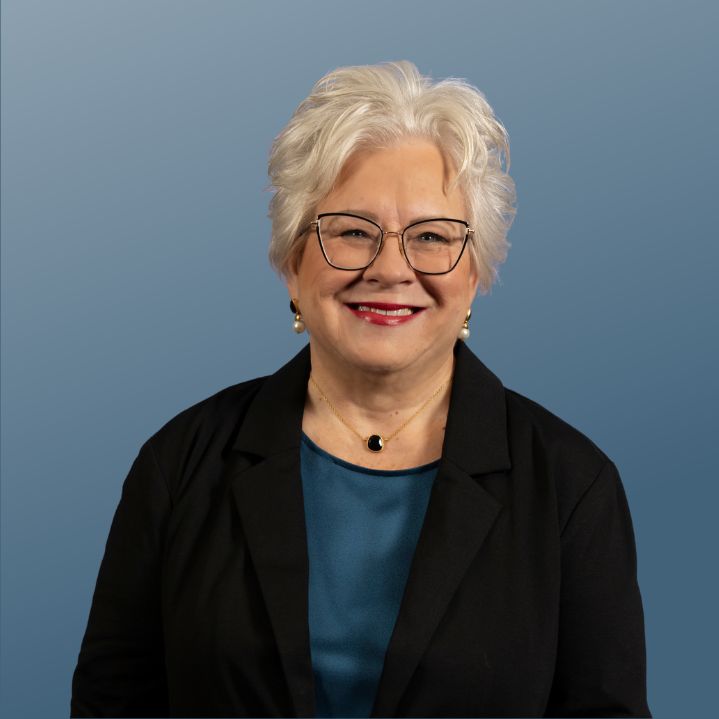Life insurance is one of the oldest financial planning tools in existence. The earliest known life insurance policy was made in Royal Exchange, London on June 18, 1583. Records show that a Richard Martin insured a William Gybbons, paying thirteen merchants 30 pounds for 400 if the insured were to die within one year.,
 The first company to offer life insurance in modern times was the Amicable Society for a Perpetual Assurance Office, founded in London in 1706 by William Talbot and Sir Thomas Allen. Each member made an annual payment per share on one to three shares with consideration to age of the members being twelve to fifty-five. At the end of the year, a portion of the “amicable contribution” was divided among the wives and children of deceased members, in proportion to the number of shares the heirs owned.
The first company to offer life insurance in modern times was the Amicable Society for a Perpetual Assurance Office, founded in London in 1706 by William Talbot and Sir Thomas Allen. Each member made an annual payment per share on one to three shares with consideration to age of the members being twelve to fifty-five. At the end of the year, a portion of the “amicable contribution” was divided among the wives and children of deceased members, in proportion to the number of shares the heirs owned.
Despite being nearly 500 years old, we believe that most people and their advisors still do not understand how life insurance functions and how policyholders and beneficiaries benefit from the way in which life insurance companies and their products are structured and perform. At C3 Financial Partners, we educate our clients and their advisors on the details of how life insurance can provide attractive benefits.
Clarity
While there are three main categories of life insurance (term, general account policies, and variable account policies), the basics of how life insurance companies financially structure these policies are similar.

A buyer enters into a contract with a carrier to insure their life or the life of someone with whom they have a relationship. That buyer pays premiums to the carrier in exchange for the promise that the carrier will pay the contracted death benefit to the named beneficiaries when the insured dies. To do that, the carrier takes those premiums and invests them. It then uses a portion of the proceeds from those investments to pay death claims. The excess of the amount the carrier earns over what it pays out in claims is used to finance its operations and potentially pay dividends – just like any other company.
Ensuring the carrier has sufficient funds to pay all potential claims while also cover its operating costs involves a fair bit of data and math.
As life insurance companies have a high volume of insureds, they have developed data on how long, on average, people live. By conducting medical and financial underwriting on insureds, which may or may not include a medical examination, insurance companies are able to calculate the premiums needed to be charged for each policy so that a profit can be earned while promising a significant (in comparison to the premium) death benefit.
It is important to note that underwriting is both art and science and pricing for, and the willingness to cover, a potential insured can vary from carrier to carrier. Getting the best underwriting results to achieve the best pricing is a major part of a producers work when placing a policy.

To protect against a miscalculation in their mortality estimations when issuing policies with large death benefits, an insurance company will use a small part of each premium to pay highly rated reinsurance companies to reinsure these policies and to provide a portion of the death benefit.
Finally, policyholders who maintain their policies benefit from those who surrender or allow their policies to lapse before there is a death and a death benefit must be paid. Life insurance companies have information allowing them to know what percentage of policies will not stay in force, allowing them to be able to offer greater benefits for lasting policyholders.
For general accounts policies (such as whole life and universal life) that are designed for accumulation, the buyer pays additional premiums, which are invested by the insurance company similarly to the portion covering the death benefit and operational costs. This then creates cash value in the policy beyond the death benefit.
In variable account contracts, such as variable universal life, policyholders (rather than the carrier) often choose from a range of brand-name investments, with excess premium directed to these investments. Positive investment returns can bolster cash value accumulation or, in specific scenarios, increase the death benefit.
As with any financial, estate planning, and life insurance matters, we believe it is essential to collaborate with experienced financial professionals, including the planning specialists at C3 Financial Partners, to tailor the strategies to individual circumstances and goals. By understanding how life insurance companies operate to achieve policy benefits, prospective policyholders and their advisors can make better decisions.
Confidence
A common misconception held by prospective life insurance buyers and their advisors is that policyholders pay the commission – that the commission is deducted in a way that reduces a policy’s account value or death benefit. This is not true. Life insurance companies pay commissions, usually in a heaped (initial) payment, from their operating budgets. Commissions are then amortized over many years. As a result of offering policy benefits and paying commission to attract policyholders, most life insurance policies are not profitable to the life insurance company for seven or more years.
In other words, life insurance companies typically treat their policyholders as long-term relationships and forgo profitability for many years to be able to offer competitive benefits. C3 Financial Partners has a reputation for transparency and can explain the various financial aspects of both life insurance companies and their policies.
Coordination
As with any financial, estate planning, and life insurance matters, we believe it is essential to collaborate with experienced financial professionals, including the planning specialists at C3 Financial Partners, to tailor the strategies to individual circumstances and goals. By understanding how life insurance companies operate to achieve policy benefits, prospective policyholders and their advisors can make better decisions.
At C3 Financial Partners, we look forward to helping our clients gain clarity in their goals and objectives, confidence that they are making the right decisions, and providing coordination with their other advisors.
Securities offered through Valmark Securities, Inc. member FINRA, SIPC. Investment advisory products and services offered through Valmark Advisers, Inc., an SEC Registered Investment Advisor. Representatives may transact business, which includes offering products and services and/or responding to inquiries, only in state(s) in which they are properly registered and/or licensed. C3 Financial Partners is a separate entity from Valmark Securities, Inc. and Valmark Advisers, Inc.
¹ Fouse, L. G. (September 1905). “Policy Contracts in Life Insurance”. The Annals of the American Academy of Political and Social Science. 26 (2): 29–48. doi:10.1177/000271620502600203. JSTOR1011003. S2CID143550312. Retrieved on 1/26/2024
2 Walford, Cornelius (22 Dec 1884). History of Life Assurance (PDF). p. 6-7. 1/26/2024
3 Anzovin, Steven, Famous First Facts 2000, item # 2422, H. W. Wilson Company, ISBN 0-8242-0958-3 p. 121 The first life insurance company known of record was founded in 1706 by the Bishop of Oxford and the financier Thomas Allen in London, England. The company, called the Amicable Society for a Perpetual Assurance Office, collected annual premiums from policyholders and paid the nominees of deceased members from a common fund.
4 Amicable Society, The charters, acts of Parliament, and by-laws of the corporation of the Amicable Society for a perpetual assurance office, Gilbert and Rivington, 1854, p. 4
 ™
™


